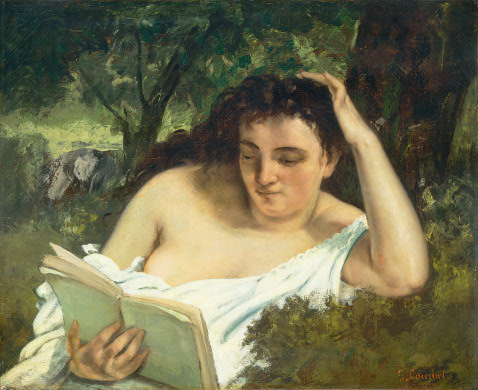Edgar Degas. Ballet Rehearsal. Oil on canvas. 1885-1891. Yale University Art Gallery. [Source: NPR]]
- Degas’ Dancers: Behind The Scenes, At The Barre : NPR 110311
It’s not often that an art show makes visitors stand up straighter. But Degas’s Dancers at the Barre: Point and Counterpoint — an exhibition at the Phillips Collection in Washington, D.C. — has that effect. Ballet dancers in gauzy skirts stretch and bend and twist on oil and pastel canvases in the museum’s galleries, which showcase more than 30 works by Edgar Degas.
- AbeBooks’ Top 10 Most Expensive Sales in October 2011
Those naysayers who say the physical book is dead should take a look at October’s top 10 most expensive sales on AbeBooks. The combined value of the top 10 sales exceeds $98,000 and an $11,000 signed first edition of A Farewell to Arms by Ernest Hemingway didn’t even crack the top three.
- At Jazz Standard, New Orleans’s Loss Is New York’s Gain - WSJ.com 110211
When Henry Butler played piano at a gallery in New Orleans’s French Quarter earlier this year, it was no standard gig. He celebrated an exhibit of his pictures, in connection with an HBO documentary about blind photographers. “My approach to photography is partly intuitive and a bit intellectual,” Mr. Butler said then. He might as well have been describing his music. But while he checks position, distance and lighting with an assistant before taking a picture, on the bandstand he consults no one but himself. “We’re going to play whatever I feel like playing,” he said recently at his Brooklyn …
- Jonah Lehrer on the Surprising Benefits of Daydreaming - YouTube
Author and WIRED contributing editor Jonah Lehrer discusses the surprising benefits of daydreaming, and questions whether ubiquitous access to the Internet negatively affects the ability to let one’s mind wander. “Now, every time I get even a little bit bored … I check my email for the millionth time that day,” says Lehrer. “I lose myself in my 3-inch screen, instead of exploring the usual process of daydreaming.”
- The Importance of Mind-Wandering | Wired Science | Wired.com 102511
Jonah Lehrer: “When people are immersed in monotony, they automatically lapse into a very special form of brain activity: mind-wandering. In a culture obsessed with efficiency, mind-wandering is often derided as a lazy habit, the kind of thinking we rely on when we don’t really want to think. (Freud regarded mind-wandering as an example of “infantile” thinking.) It’s a sign of procrastination, not productivity. In recent years, however, neuroscience has dramatically revised our views of mind-wandering. For one thing, it turns out that the mind wanders a ridiculous amount.”
- Spark 160 – October 30 & November 2, 2023 | Spark
Science writer Jonah Lehrer recently asked whether our fascination with digital technology has diluted our ability to let our minds wander, and therefore be creative. But is digital technology actively taking away from day dreaming? And just how is a roaming mind linked to creative thought? Kalina Christoff is an assistant professor in the Psychology department and the Brain Research Centre at the University of British Columbia whose research focuses on the mechanics of introspection and mind-wandering. (Runs 11:49)
- Demystifying McLuhan - Download Media
Browse through our amazing audio, video and images of Marshall McLuhan and other relevant materials below. You can preview the content in the media players and download the media you want to use from the links provided.
- Demystifying McLuhan - Home
The McLuhan Mashup challenge is on and amazing prizes are up for grabs. From October 31st to November 12th we invite you to remix, rework and recreate Marshall McLuhan’s message by creating your own McLuhan Mashup. Learn more about how to get in on the Demystifying McLuhan Mashup Challenge or get some inspiration first by watching our sample mashup below!
- Confidential Printed Circular from Progressive Union, Yellow Springs, Ohio, - Cowan’s Auctions
8″ x 10.5″ printed sheet with Central Bureau P.U. Memonia Institute, September 1856, announcing a new resort to taking the Water Cure with extensive details of the luxurious accommodations available. Condition: Slight soil, VG. Sold at auction in 2008 for $270.
- Thomas and Mary Gove Nichols - Sept. 25, 2011 - Antioch College
Thomas and Mary Gove Nichols were already notorious for their reform activities when they issued the following prospectus in 1856 announcing their proprietorship of the Yellow Springs Water Cure. Water cure, also known as hydropathy, was a popular form of alternative medicine that employed techniques known today as homeopathic and followed regimens modern observers would recognize as wellness. Established in the South Glen near Yellow Springs in the early 1840s, the Glen Forest Water Cure was a spa staffed by physicians and not to be confused with the resort hotel situated at the famous spring that gives the town its name. Followers of the highly influential and equally eccentric French Utopian thinker Charles Fourier (1772-1837), the Nichols’ were known primarily for their advocacy of free love.
- MARY GOVE NICHOLS (1810 – 1884)
“Secretly studying medical texts and reading the work of dietary reformer Sylvester Graham, Mary Gove began to lecture to all-female audiences on anatomy, physiology, and hygiene, her candor often provoking both admiration and scandal. Determined to relieve women of what she saw as the unnecessary physical and mental suffering caused by their lack of access to information about health, she recommended that women exercise daily, breathe fresh air, shower with cold water, avoid the fashionable tight-laced corsets of the day, and abstain from coffee and meat. Once separated from her first husband, she founded a “water-cure” clinic in New York City and published stories and a novel as well as other health-related literature. In 1848 she married Thomas Low Nichols, a writer with an interest in health reform and progressive views of women’s rights. Together they opened water-cure facilities, co-ed schools, and alternately advocated free love and celibacy among their students.”
- Talk:Free love - Wikipedia, the free encyclopedia
Outlnes strategies and sources for a Wikipedia page for Mary Gove Nichols. See detailed documentation.
- College in Ohio Covets ‘Neglected Park’ in Florida - New York Times 111587
Old-timers still tell tales about Hugh Taylor Birch, who at the turn of the century collected three miles of of isolated beachfront property when land was cheap and settlers were few and far between. Those who are old enough remember him in his last years as a tall, white-bearded man, vexed by encroaching civilization, using a rifle to shoot out new street lights installed by the City of Fort Lauderdale at the edge of his property. So angry was he at the city fathers for intruding on his beautiful tropical paradise with roads and taxes that in 1942, the year before his death at the age of 94, he snubbed the city and deeded a 180-acre parcel of his property to Florida for use as a state park. Except for 35 acres that went to his daughter, Mr. Birch left the rest of his Fort Lauderdale property to his beloved alma mater, Antioch College in Yellow Springs, Ohio.
![gustave_caillebotte_paris_street_rainy_day Gustave Caillebotte. Paris Street, Rainy Day (La Place de l’Europe, temps de pluie). 1877. Oil on canvas. Art Institute of Chicago. [Source: Wikimedia Commons]](../../../../wp-content/uploads/2009/02/gustave_caillebotte_paris_street_rainy_day_1877_wiki.jpg)
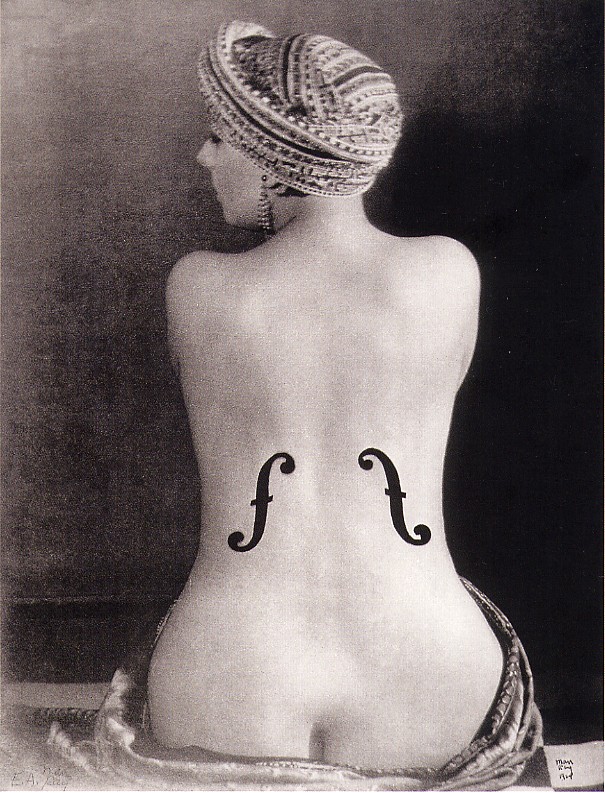 The legendary Kiki of Montparnasse posed for Man Ray’s
The legendary Kiki of Montparnasse posed for Man Ray’s 
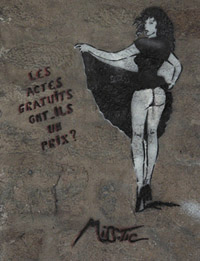
![Fog at Isle Royale [Source: wildmengoneborneo.com] Fog at Isle Royale [Source: wildmengoneborneo.com]](../../../../wp-content/uploads/2008/04/isle_royale_fog.jpg)
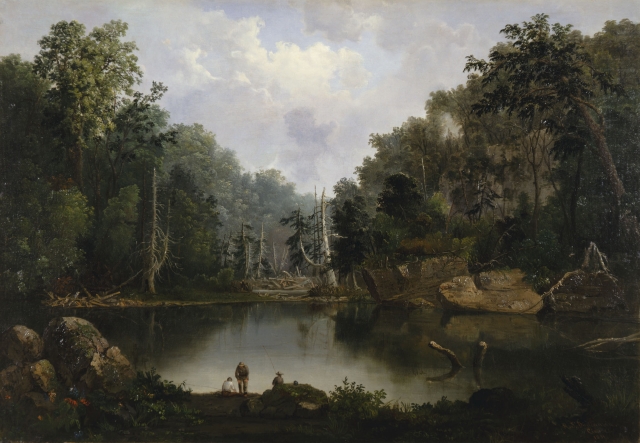
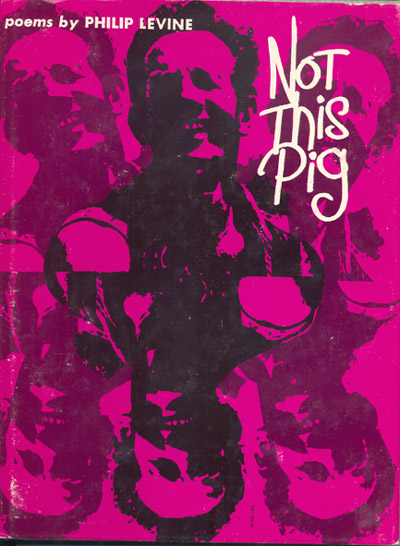 If there is an emerging genetic underclass, I could run for class president or class clown. Read more in
If there is an emerging genetic underclass, I could run for class president or class clown. Read more in 
![grant_wood_parson_weems_fable_200px Grant Wood. Parson Weem’s’ Fable. 1939. Amon Carter Museum, Forth Worth.. Steven Biel describes the painting: “Parson Weems, imitating Charles Willson Peale’s pose in The Artist in His Museum (1822), opens a red velvet curtain on the legendary scene: Augustine Washington, elegant in crimson coat, white ruffle, tan breeches, silver-buckled pumps, and green tricornered hat, grasps in his right hand the slim trunk of the bent cherry tree. A row of cherries dangles from the perfectly rounded treetop, mirroring the very cherry-like fringe of the Parson’s curtain. Augustine’s outstretched left palm and furrowed brow signal a serious inquiry. His son George, boyish in stature and dress—coatless, with sky-blue breeches and petite buckled pumps—is manly in his expression. In fact, his white-wigged head is that of Gilbert Stuart’s portrait and the dollar bill. He points with his right hand to the hatchet in his left. Wood chips lie in the circle of soil at the base of the tree, its lower trunk smoothly incised and poised to split off. In the background, a well-dressed slave couple harvests the fruit of a second tree.” [Alt Text Source: Common-Place/ http://www.common-place.org/vol-06/no-04/biel/ ]](../../../../wp-content/uploads/2011/08/grant_wood_parson_weems_fable_200px.jpg)
